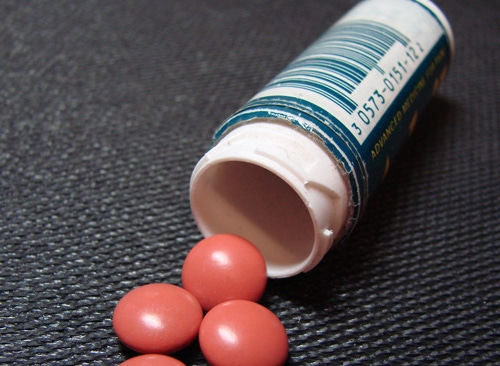To prepare for the rough road ahead, these are changes that device companies must adopt to thrive in the next few years.
April 23, 2013

Device firms have to be living on Planet Denial if they are not making changes at the operation and corporate level to deal with the changes being wrought by the healthcare reform law. Here's another not-so-breaking news: Things will only get harder for the device industry as the U.S. healthcare industry makes the bumpy transition from a volume to a value-based system.
To prepare for it, the following comprise the bitter medicine the industry must swallow to emerge in a position of strength in 2014 and the years to come.
Get Ready to Share Risk with Providers
Providers and payers are already assuming a shared-risk model when it comes to caring for a population. It may behoove device makers to assume some of the risk as well, says Greg Caresi, senior vice president, Healthcare and Lifesciences, Frost & Sullivan.
"If you are pitching based on health economics and outcomes, are you willing to price a certain way until those outcomes are borne?" Caresi challenged.
This is a radical concept that no one is pursuing currently, but this may soon be a reality that device makers need to wrap their heads around.
"No one is doing that but from the provider side they are looking at ways that this can be implemented," Caresi said, implying that risk sharing may be the inexorable path that the industry is forced to be on due to pressure from providers.
He also suggested that these models may first start occurring in devices such as imaging equipment as opposed to more complex devices.
"You may first start to this in the imaging equipment where you have different business models that aren't just 'buy the equipment and stick it in your shelf,' " Caresi said. "They are more service oriented models so you could imagine those changes coming there first as opposed to the stent [market]."
Scrutinize Your Product Development and R&D expense
Not too long ago, device makers could add a new feature to a device and charge a premium for it. Well, those days are about to disappear as outcomes data and cost data will guide many purchasing decisions. And that will require device makers to make tough decisions on what product categories should be in their portfolio and where R&D dollars should be invested.
"The incremental change model is not going to be as successful going forward compared with the revolutionary model and you have to look at your new product development a little differently," Caresi said.
In 2011, Johnson & Johnson made the decision to discontinue it drug-eluting stent business, amidst fierce competition from Abbott and Boston Scientific.
"You are seeing the bigger companies adopt that mentality of looking at their product line and in some cases reassessing what they should be in and what they shouldn't be in, looking at the growth rates in their market and how they can change from an equipment-only or a device-only product only to a solution-based deal that will include a service, include support," Caresi said.
Know that Data is King and Needs to be Shared
Historically, healthcare has been a siloed industry where data is not easily shared. That is changing and device makers have a crucial role to play in this changing dynamic.
For instance, device makers could make themselves be invaluable to physicians by having a patient's data from a heart device, be integrated with other patient data. This has proved to difficult to do largely because each hospital has its own electronic medical record system and so integrating the data with a patient's EMR would essentially mean a mammoth undertaking for device vendors.
But Caresi suggests a possible alternative: making sure that device data is put into a data warehouse where other patient data resides.
"Providers today are pulling this information potentially into a data warehouse which you can identify as patient data. You can identify based it on time and if it were possible to tie it into patient paramters that can be collected in the home setting along with EHR with clinical and financial information, that would be great" he said "This is not an elegant way, but that is what providers are doing today - they are dumping all this information into a data warehouse and then leverage these data analytics."
There is no underestimating the fact that device makers have a rough road to hoe. Caresi said smaller companies are more in a bind and there is a particular concern that the focus on cost and the difficulty in getting investment may mean that certain innovative technologies may never be developed. That may well be true, but for now it seems more like collateral damage as attention is squarely on controlling costs. For most people, you don't miss what you don't know.
-- By Arundhati Parmar, Senior Editor, MD+DI
Related Content
For J&J, Drug-Coated Stents Were an Albatross
Can Medical Device Makers Win with the Affordable Care Act?
You May Also Like


